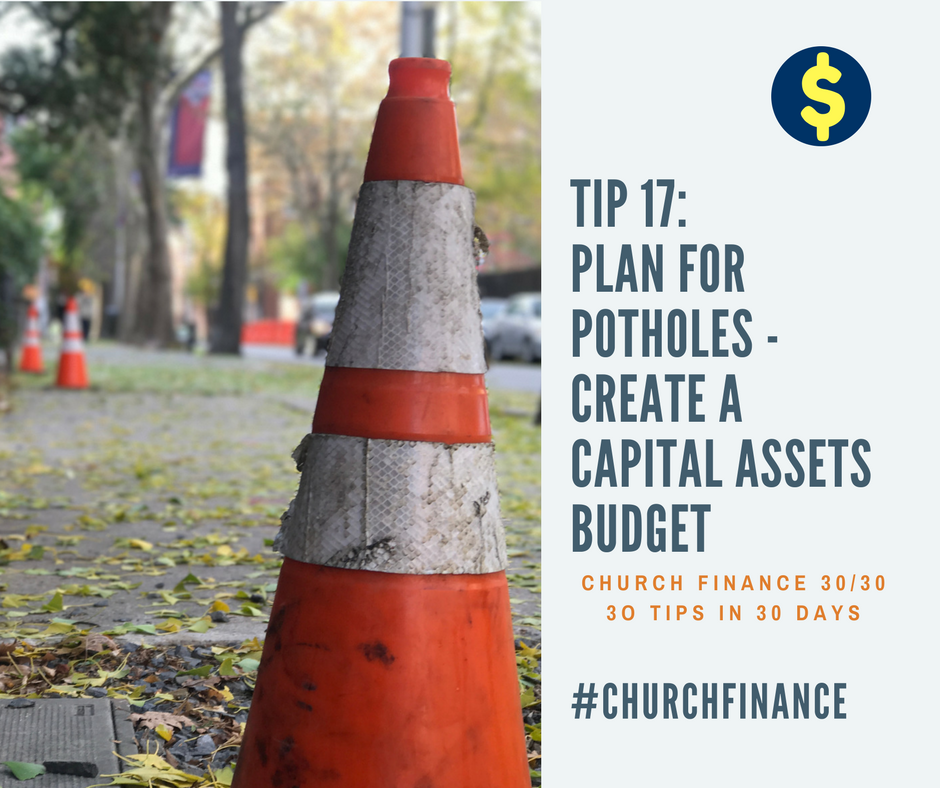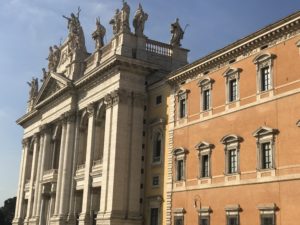Ask any church leader about church management and one topic always comes up – infrastructure! From building maintenance, boilers, roofs, sidewalks, and parking lots – this is a top-of-mind issue when it comes to financial planning.
Here is the good news – the church capital assets budget is a proactive way to analyze the present and plan for the future. Defined as the spending plan for updating, repairing, maintaining, or purchasing capital assets, this budget can save you time and money today, tomorrow, and forever.
Capital assets are simply those items that the parish owns that have value extending beyond a year. For example, the church building and rectory are capital assets because the value of these assets continues over multiple years. Other examples might include the parking lot, computers or any major equipment owned.
By creating a church capital assets budget, church leaders can reduce their fear of dreaded leaks, breakdowns, cracks, and potholes!
Interestingly, even though these assets are critical to accomplishing the mission of the parish, many parishes do not have a capital budget. For example, if a church building is unusable due to maintenance issues or the high costs to operate the facility, how does the parish accomplish its critical mission?
A strategy to get started with effectively managing capital assets is to catalog all assets owned by the church and document the relative age of the assets. By recording this information, the parish can project when assets may decline or will need replacement.
The other benefit of this type of documentation is succession planning. When a new pastor arrives at the parish, the catalog can be extremely helpful to know what assets exist at the church.
By developing a capital assets budget, the parish is prioritizing the critical infrastructure that is necessary for meeting mission goals.
In tomorrow’s post, I’ll discuss how to go about cataloging church assets to get this plan created.

